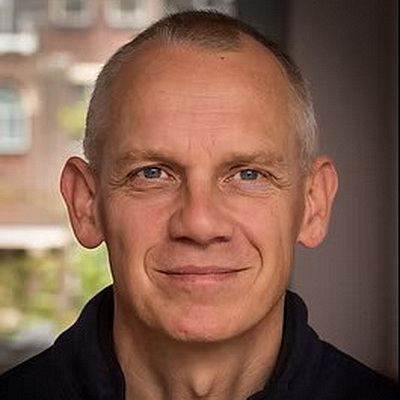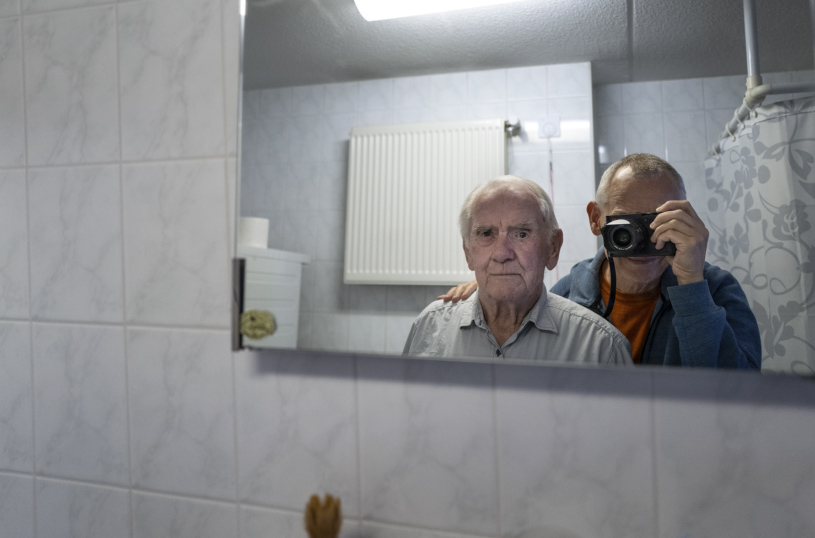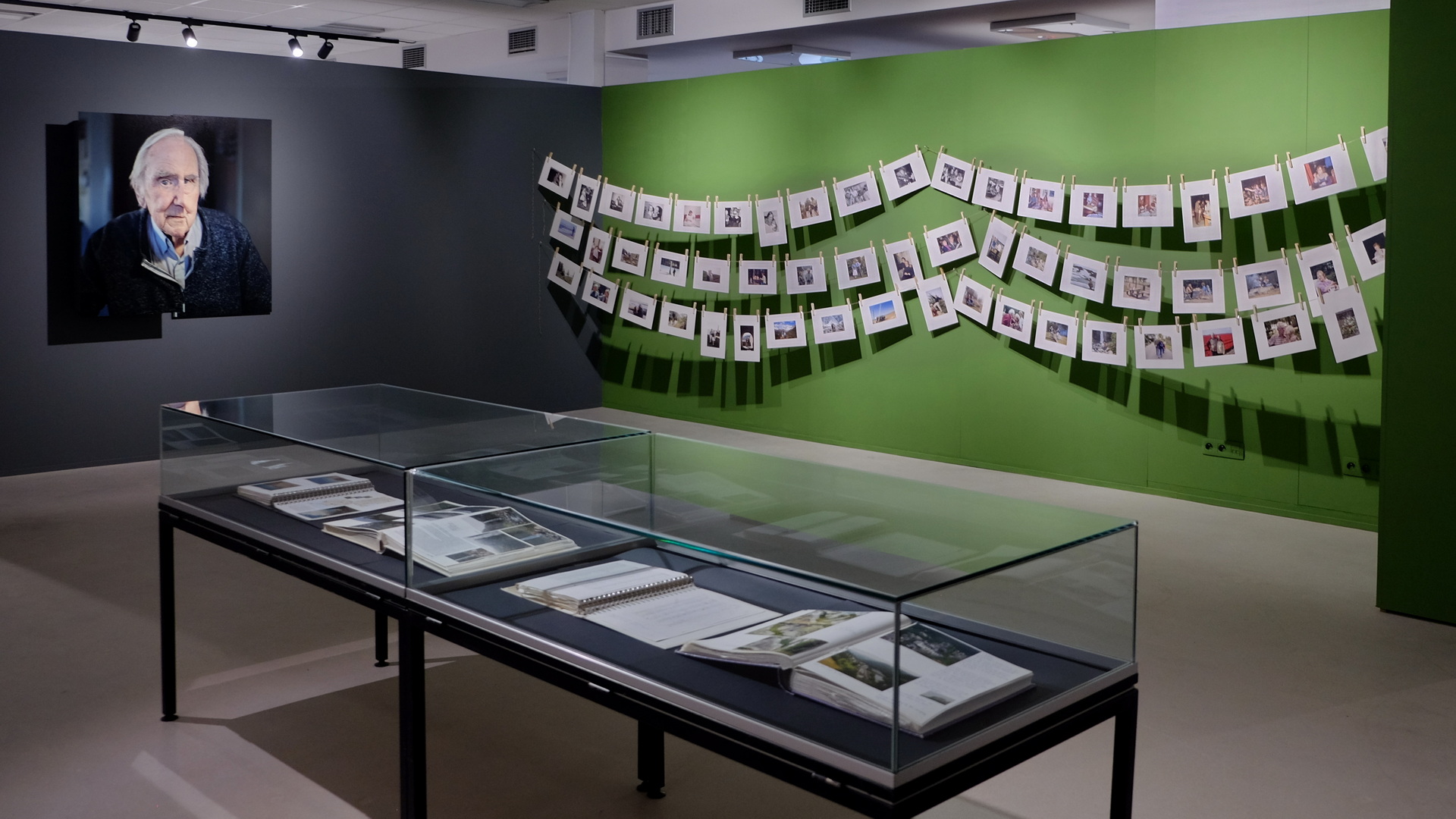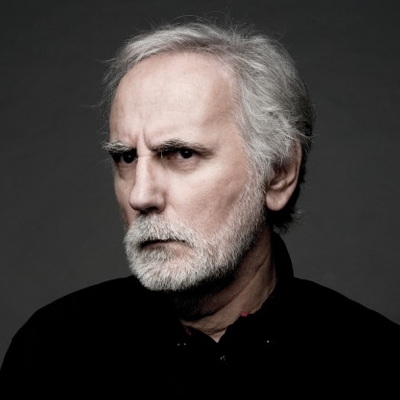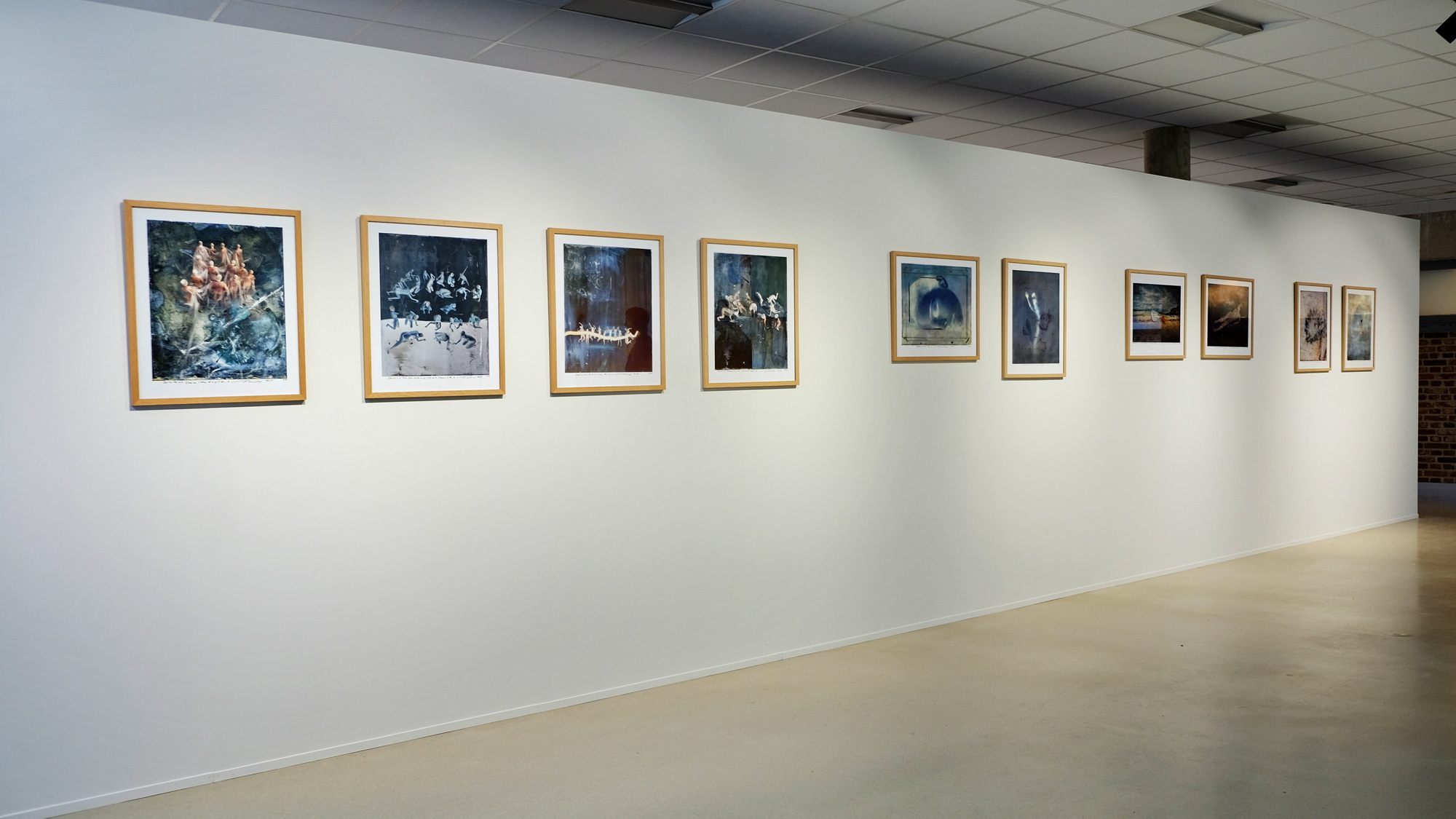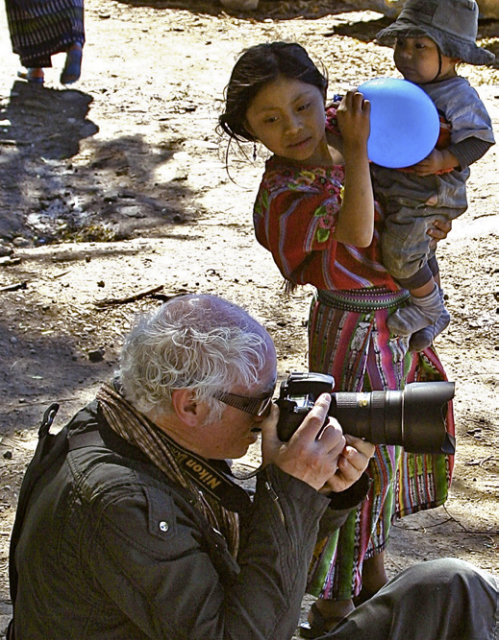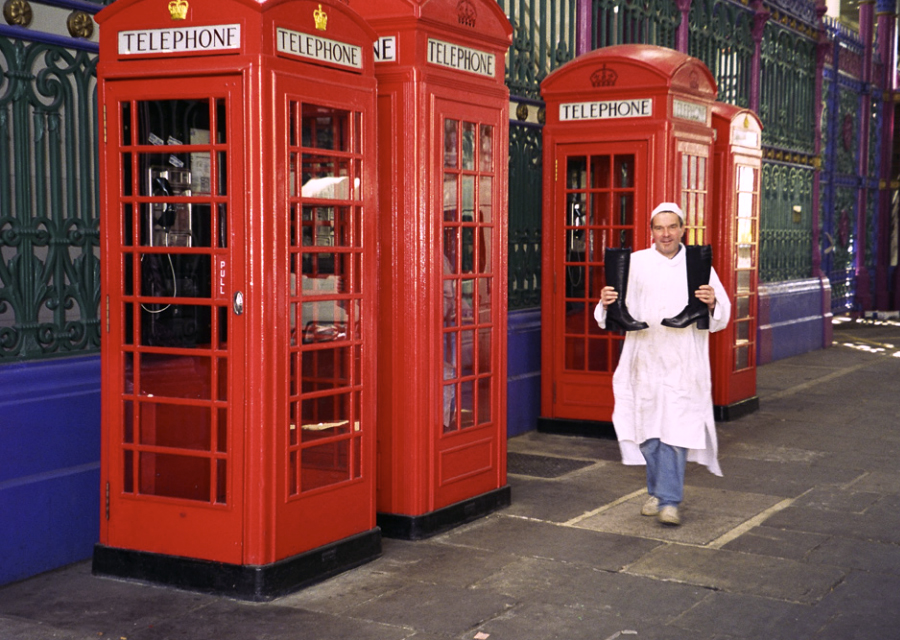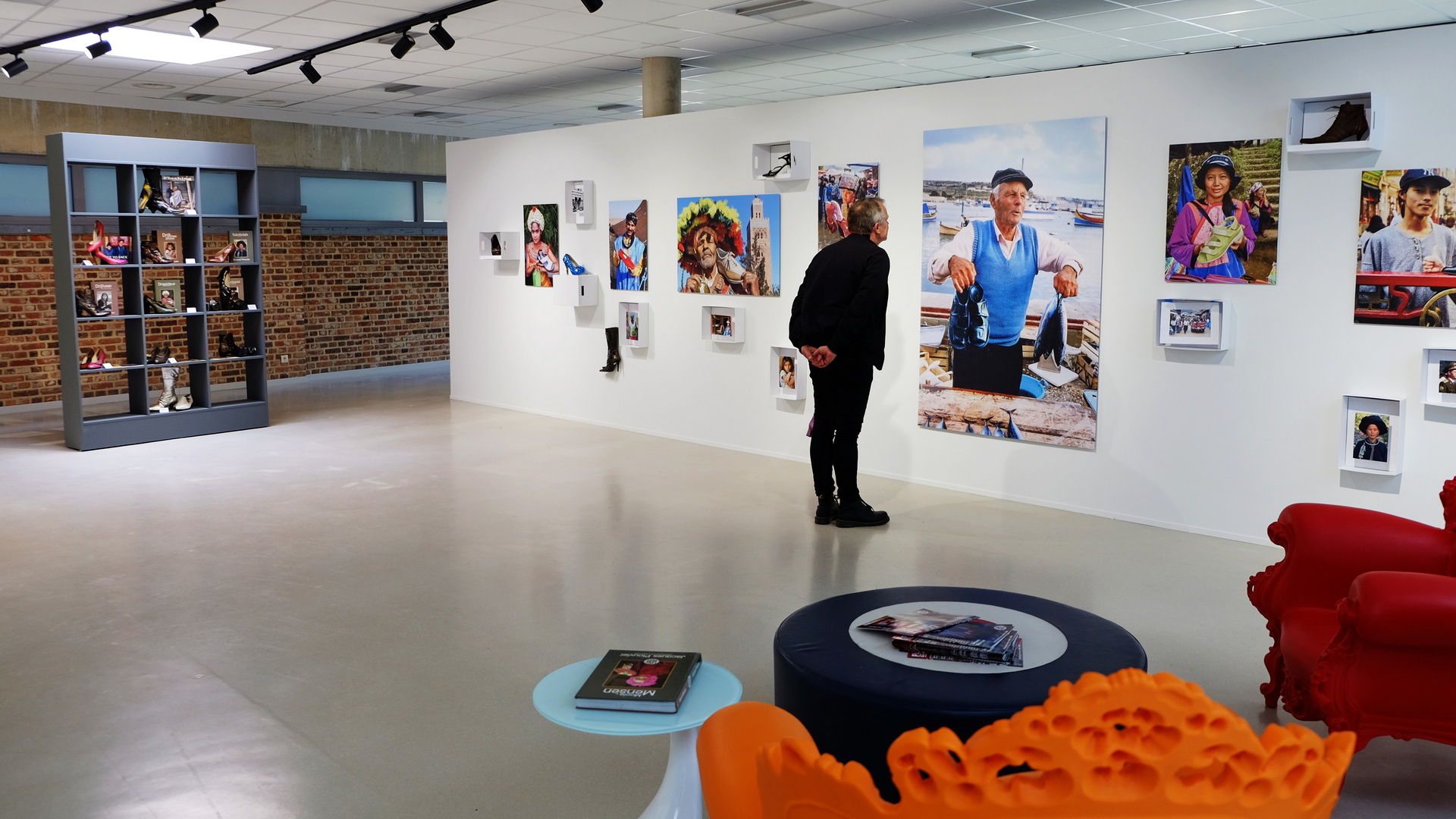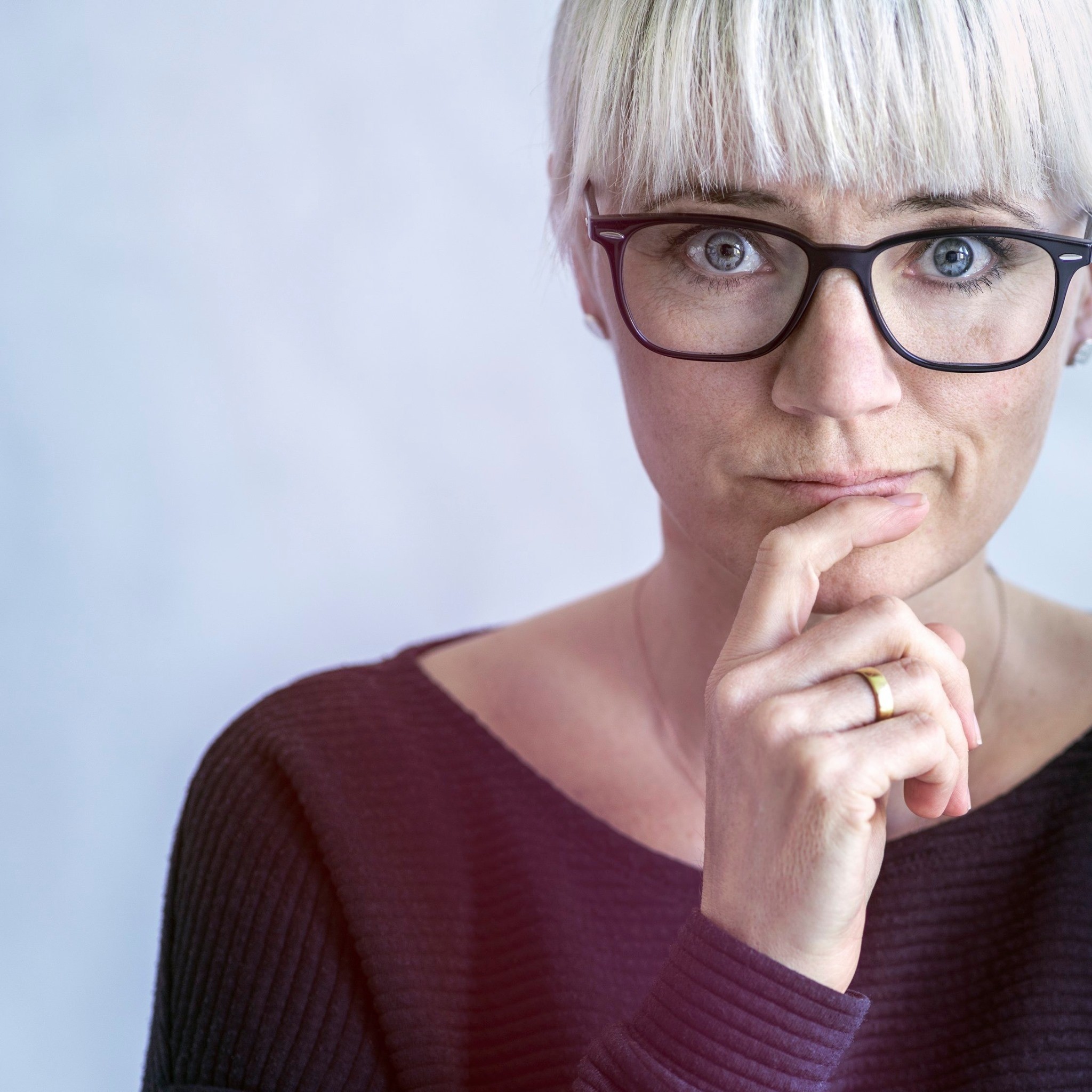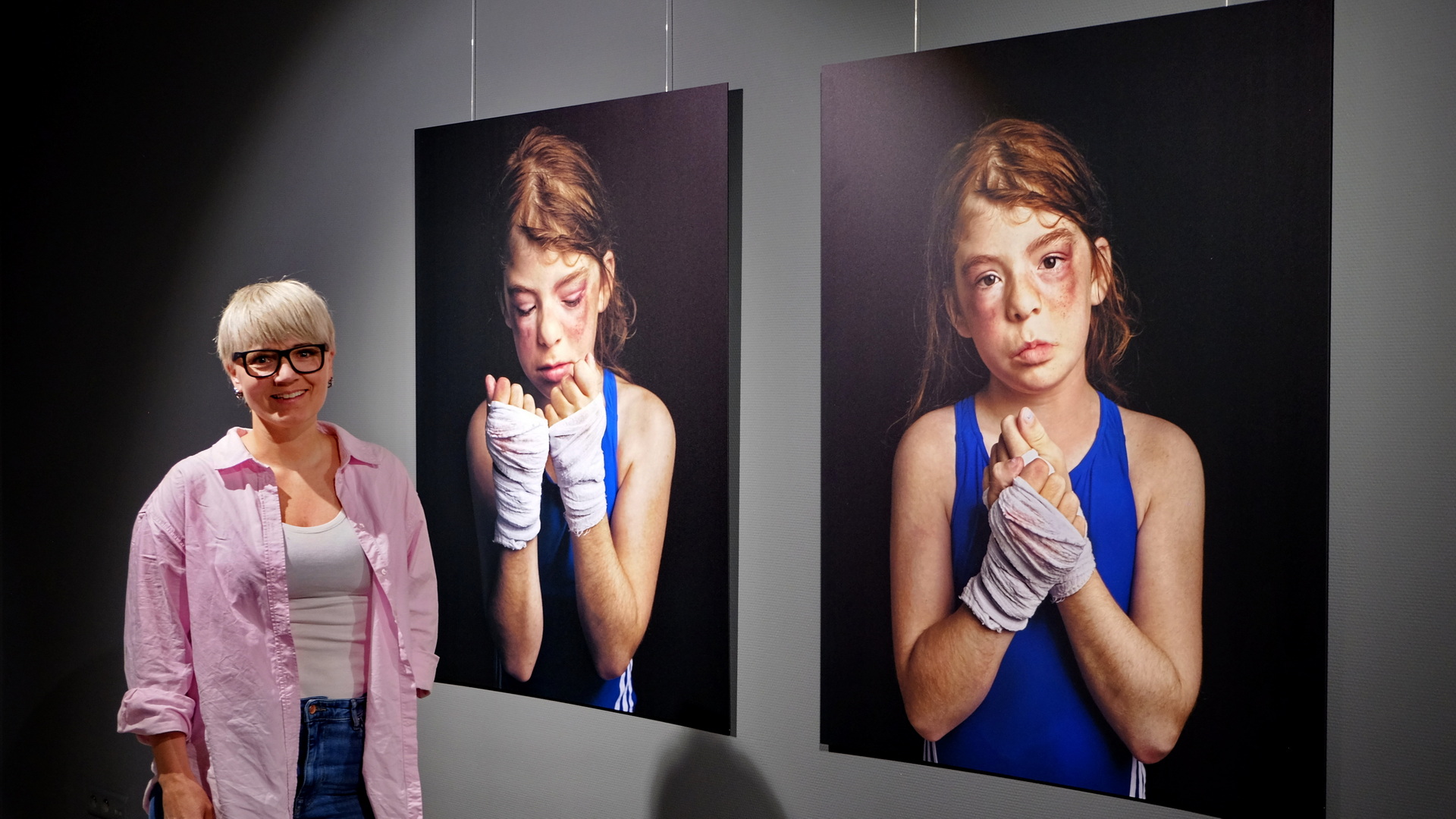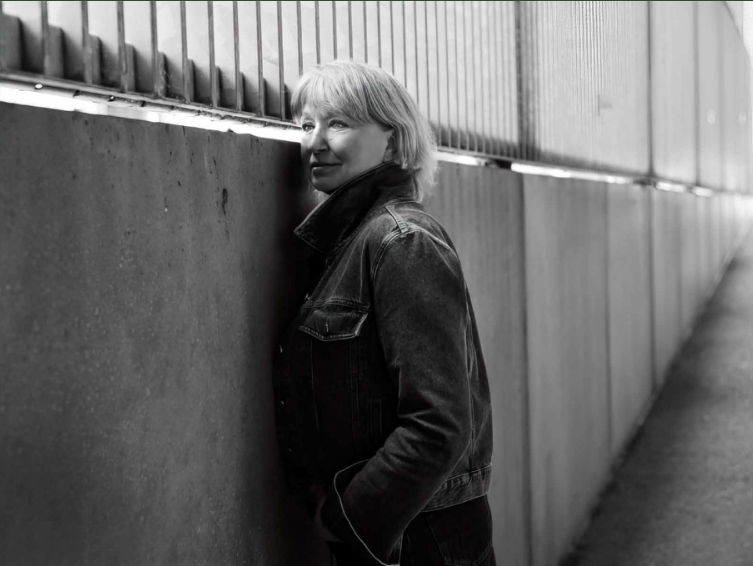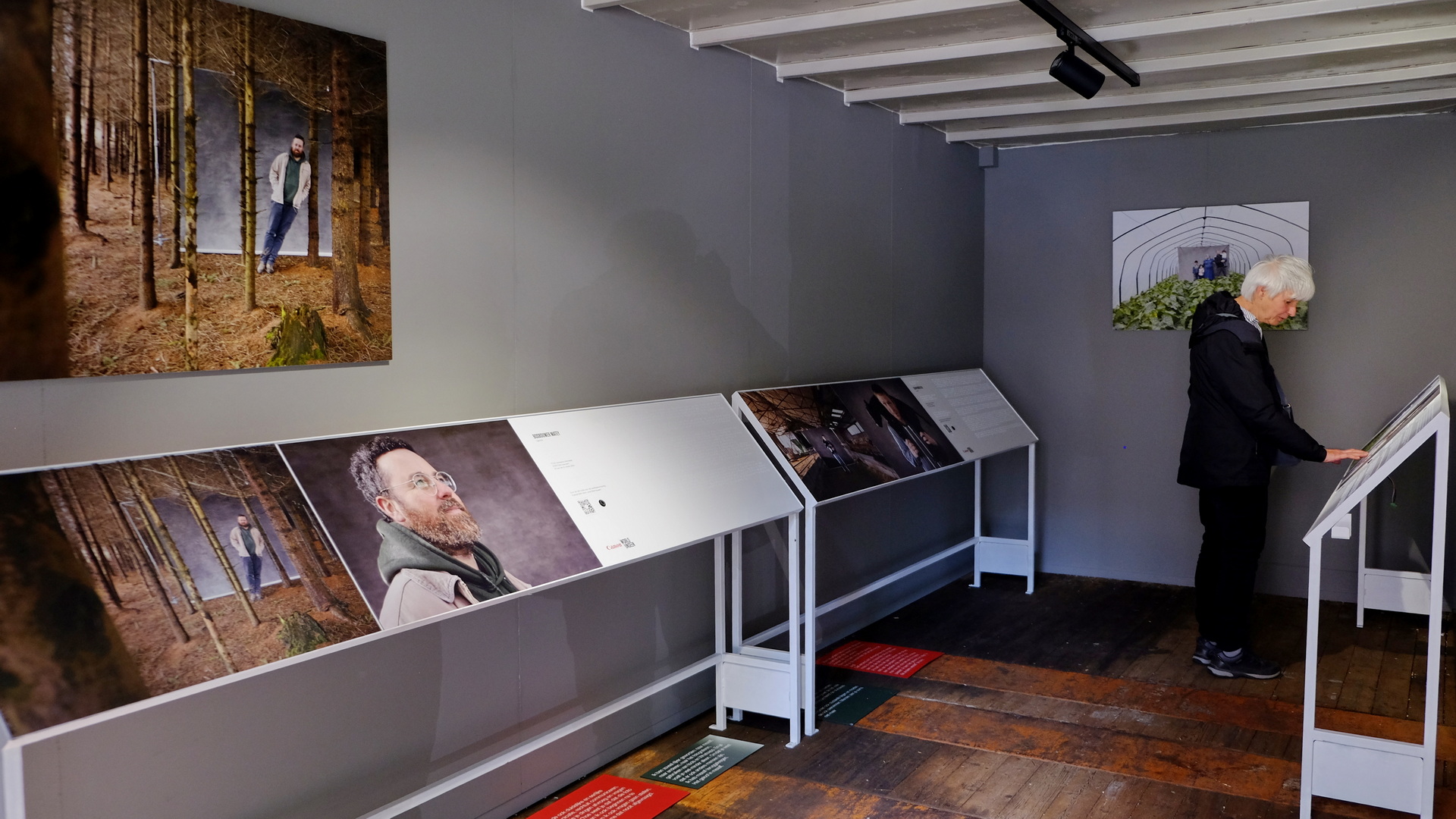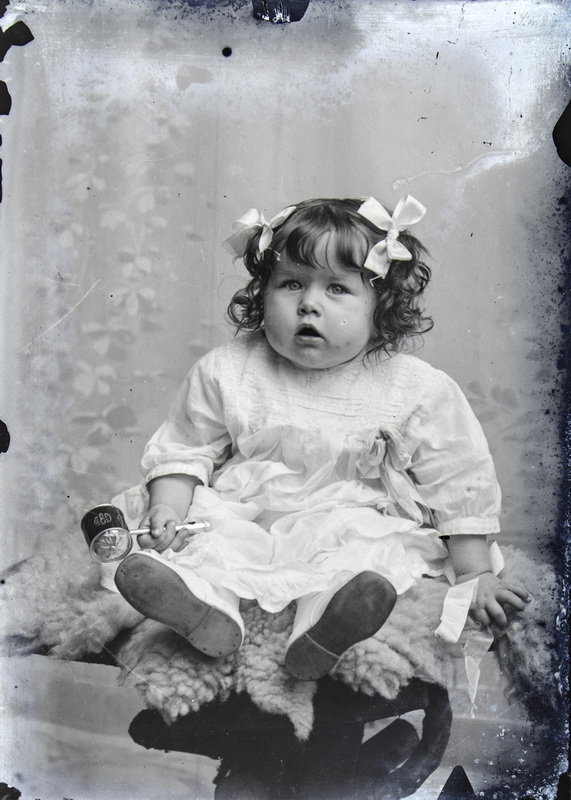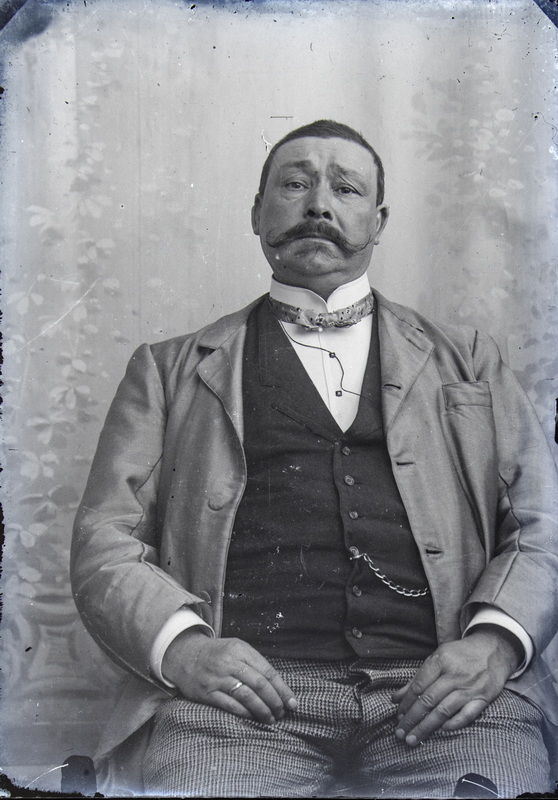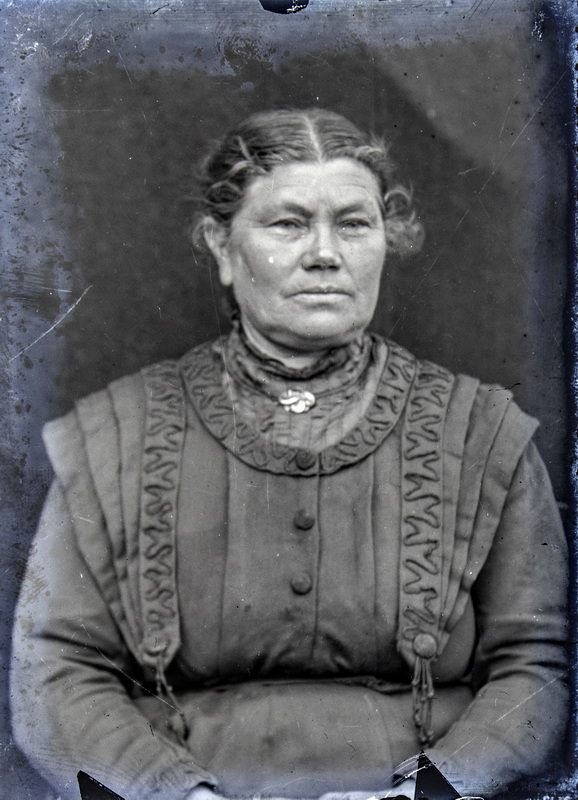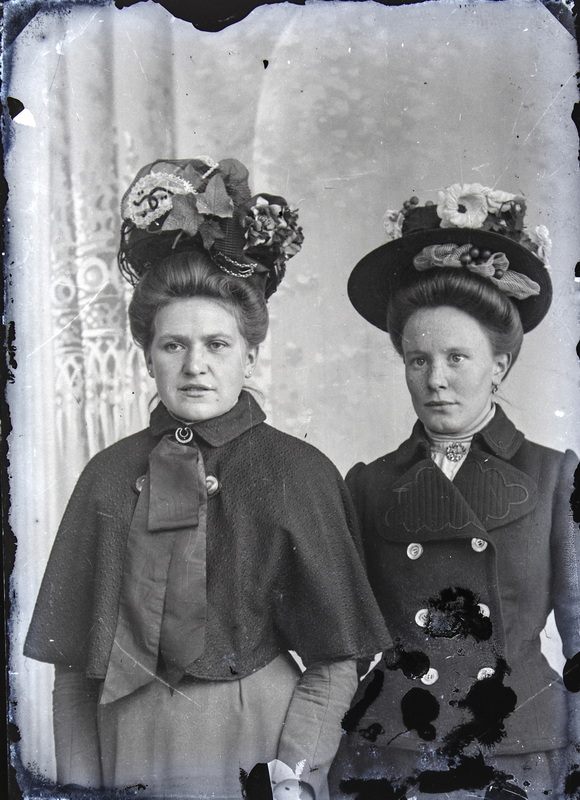B-Blok
Koen Suidgeest
Fleeting Fragments
Hanna Neret
Mind Matters
Vladimír Židlický
Painting with light
Jacques Plouvier
Ploef, a step-by-step story…
Cecilie Hatløy
I am Tuva
Lieve Blancquaert
We are Europe
Traces
Old glass negatives
B-Blok (former library) – POI 1B
Jeugdlaan 2
GPS 51.211239° NB 5.428118° OL
Every working day 1.00 – 5.00 pm
Every Saturday and Sunday 1.00 – 5.00 pm and during events at the cultural centre
On 8 June, opening day, Jacques Plouvier, Koen Suidgeest and Cecilie Hattløy will be happy to welcome you to their exhibition between 2pm and 4pm.
Koen Suidgeest | Fleeting Fragments
Koen Suidgeest (1967) is a documentary photographer and filmmaker. His work has been exhibited internationally regularly. Koen published two photo books, Why I Cry On Airplanes (2020) and Leiden, Metropolis (2022). This last one was the product of him becoming the Leiden City Photographer in 2021, an annual honorary title. Since 2020, he is a member of Self Publishers United, a collective of image makers that publish books independently.
Koen was the first Dutch filmmaker nominated for a prestigious Goya award, the Spanish equivalent of an Oscar, for his film Casting (2006). His documentary Karla’s Arrival (2011) was selected for more than 45 festivals, shown on television in 15 countries, and won a handful of awards. Koen’s work generally deals with people who live on the fringes of society. Several of his films continue to be tools for international educational and impact campaigns.
Besides his career as an image maker, Koen teaches at BUas, a university in Breda (The Netherlands). He is asked regularly to give workshops and training sessions at various other institutions and festivals all over the world.
To date, Fleeting Fragments is Koen’s most personal project.
koensuidgeest.com/about-me
koen@suidgeest.com
Tel. +31 615505328
Fleeting Fragments
The memory of my father is made up of fleeting fragments. They come unexpected, when I hear or see something. Small moments – a tune, a ticking clock, a smell.
Having been alone for twelve years, he recently passed away. He missed my mother every day. While his memory faded, he held on tightly to the photo albums of their holidays. My mother not only populated them with images, but all sorts of other memorabilia. Accompanied by extensive hand-written essays. There are twenty of such books. He re-read every single one of them, the final years of his life. It kept him occupied for hours on end.
My father took his own memories along with him forever when he died. I return to mine through the photos and sound recordings that I was able to make of him during his final years. And through those photo albums that also contain snippets of my own life path.
My own memories are sentences, a movement, the sound of laughter… Never do I play back an entire scene in my head. And certainly not one that would bring me from grudge to amazement, as would occasionally happen. Or from obligation to love. They are never narratives, just fleeting moments.
Incomplete, generally. And probably unreliable.
I remember well how fragile he was. And that I didn’t want to end up being like him. But little by little, that is who I am becoming after all, I’m afraid.
Koen Suidgeest photographed his father during the final two and a half years of his life. In the exhibition ‘Fleeting Fragments’ he uses these images, video fragments, and old photo books to discover the collective memory of both of them.
On 8 June, opening day, Koen Suidgeest will be happy to welcome you to his exhibition between 2pm and 4pm.
Hanna Neret | Mind Matters
My name is Hanna Neret, and I am a photographer and Photoshop artist based in Stockholm, Sweden.
These images are from a series of twenty photo-based digital creations called “Mind Matters”. Inspired by surrealism, I wanted to reflect the complexity and depth of our inner worlds by depicting various emotions, mental states, and moods — things like anxiety, creativity, anger, happiness, and more. Each image is my take on what those states feel like, using imagery which I associate with that particular state.
Every element in these images is real and photographed by me, then composited in Photoshop. No generative AI has been used.
I have deliberately chosen not to title the images or be overly explicit about the ideas behind them. My goal is for you, the viewer, to draw your own conclusions. Perhaps you’ll see something entirely different from what I had in mind, and that’s exactly the point—each mind is unique, and so are the interpretations!
Vladimír Židlický | Painting with light
Vladimír Židlický, born in 1945 in Hodonín, Czech Republic, studied photography from 1971 to 1975 at FAMU, the Academy of Performing Arts in Prague.
Painting with light
About the photographic work of Vladimír Židlický.
French poet and art critic Charles Baudelaire /1821-1867/ did not anticipate that this damned photography would gradually become the tool for the expression of painters’ imagination. And he could absolutely not predict that his highly personal poetry, which the poet wrote in the middle of the nineteenth century, would be put into practice by Vladimír Židlický. A true artist is not concerned with the recording of phenomena, but with the transformation of reality into something new, unheard of and fundamental.
For instance, let us examine the place where these pictures take place, or better said: let us attempt to find out, where they have been placed. It is no simple task. Rather than in a physical place, they take place in an uncertain and merely suggested space. More than simply a backdrop or a theatrical prop – the real form of which only rarely appears in the picture – the scene resembles a look into a void or infinity, like a black hole into which the bodies are at risk of disappearing, or which lends then depth and strength. This almost absent background functions as a painter’s canvas, a piece of linen (be in prepared or not) stretched across a rectangular frame. To come closer to the artistic expression of a classic painter’s studio is hardly possible. Upon this barely visible painter’s canvas Židlický projects the scenes which play out in his head and consequently take shape, albeit in a trial-and-error process, in the studio.
Since the late seventies, the space in which this artist stages his live tableaus has been the aforementioned uncertain interior. It is more of an anticipation of space than a tangible place, a sort of “inside” to which no “outside” could correspond.
In general, the most important motif is the one taking place in the foreground – sometimes frontally, but nearly always close, even at touching distance. They are bodies or their parts as we know then from the academic tradition of the female nude. They submit to our gaze, posing: laying, jumping, falling, leaning towards one another, as though floating in a pool of light or darkness. The photographer has arranged them upon the page like a director, placing them into the theatrical space-non-space demarcated by the edges of the photograph. Such framing is an old, well-known convention of demarcating where the scene ends, and the rest of the world begins. It marks the boundary between life and art.
Eric Min, December 2019
![]() This exhibition came about in a collaboration between Lens op de Mens and Galerie Baudelaire in Antwerp.
This exhibition came about in a collaboration between Lens op de Mens and Galerie Baudelaire in Antwerp.
Jacques Plouvier | Ploef, a step-by-step story…
Jacques Plouvier (1948, NL)
Photographer & Shoe Shop Owner
In his father’s darkroom, Jacques Plouvier printed his first black-and-white photographs in the mid-sixties. His passion for photography was quickly stifled by his parents’ concerns about “drugs and long hair” at art school. A creative path in the world of shoes became the alternative.
In 1969, he became a window dresser at “Ravel Shoes” in swinging London. Upon returning to the Netherlands, he transformed his father’s traditional shop into the trendy, London-inspired “Ploef Shoes” and built a successful retail business.
Because blood is thicker than water, photography returned to his life. Under the name -level-, advertising photography became part of the job. It began in 1995 with groundbreaking images that combined fashion shoes with the butchers of Smithfield Market in London. From 1998 to 2008, he produced millions of (shoe)brochures, photographing on location in countries around the world. Not a renowned advertising agency, but the small-scale -level- was allowed to set off with shoes and camera. His wife Wilma was the perfect 50+ model.
From 2008 onward, eight dedicated photo journeys followed. A visit to Lens op de Mens in 2023 made Jacques realise that his work belonged at a festival like this. Now, as a guest photographer, he is fulfilling a lifelong (photographic) dream.
In his presentation, alongside powerful travel photography, “the shoe” continues to play a defining role.
Especially for this festival, Jacques has compiled the photo book ‘Mooie Mensen’ (‘Beautiful People’). It is available for browsing—and for purchase by fellow Ploef enthusiasts. As a nod to his many magazine-style brochures over the years, a special Ploef Magazine is also available (while stocks last).
On 8 June, opening day, Jacques Plouvier will be happy to welcome you to his exhibition between 2pm and 4pm.
Cecilie Hatløy | I am Tuva
The Norwegian photographer, Cecilie Hatløy, has since 2010 worked as a professional photographer, both in social and commercial photography. As a mum and photographer, she feels a responsibility to raise awareness, using her visually strong voice, through her photographs. By publishing her personal photographic projects, with an intention of provoking and engaging the viewers, she seeks to raise awareness for acceptance and human diversity in our society.
Her Master-project “I AM TUVA” is a good example of her using her visually strong voice.
This project is a lifelong therapeutic project created by and for a mother and her autistic daughter.
Hatløy has received several national and international awards for her photographs over the last years. In 2017, she was the first Norwegian to receive her QEP (in Portrait Photography) from FEP – Federation of European Professional Photographers. And in 2022, she was the first Norwegian photographer to receive the Master Qualified European Photographer (MQEP) Certificate.
2022 has been a good year for the Norwegian photographer, also receiving her “certificate of apprenticeship”/svennebrev with the best grade possible. She was also among TOP 10 best European photographers in the prestigious competition FEP Awards in 2 categories (sports and reportage category) and got two 6th places in total and with 14 individual awards.
In Norway’s national competition she has won several awards as well. She won Nature category in 2022, Wedding category in 2021, Commercial category in 2019 and Portrait category in 2018. The last years she has been a part of the Norwegian national team in the World Photographic Cup (WPC). Before that she was the national team captain.
Hatløy has a lot of jury experience from both national and international competitions and qualifications. She is currently the only Norwegian jury member who can judge at the highest level within the FEP.
On 8 June, opening day, Cecilie Hattløy will be happy to welcome you to her exhibition between 2pm and 4pm.
 This exhibition came about in a collaboration between Lens op de Mens and the FEP – Federation of European Professional Photographers | europeanphotographers.eu
This exhibition came about in a collaboration between Lens op de Mens and the FEP – Federation of European Professional Photographers | europeanphotographers.eu
Lieve Blancquaert | We are Europe
With ”We are Europe”, Lieve Blancquaert has captured what Europe looks like today. She has done this through personal stories, but also by portraying major current issues. What are the challenges faced by people in the European Union and what, on the contrary, can we be proud of? An impressive journey through today’s Europe.
Lieve Blancquaert Biography
Lieve Blancquaert | World Unseen
You can see more photos of Lieve Blancquaert’s We Are Europe project at the World Unseen exhibition, which is located in the exhibition container next to St Martin’s Church (POI 07).
This exhibition makes photography accessible to blind and visually impaired people. With tactile relief prints, Braille and audio descriptions, we open up a world where everyone should be able to experience the power of images.
This exhibition was realised in collaboration with Canon.
Traces | Sporen van het verleden in oude glasnegatieven
The Society for History and Folklore of Overpelt provided us with about a thousand old glass negatives from about a hundred years ago. They were carefully digitised and converted into positive photo files with the help of Carine Van Gerven. This resulted in a unique time image of the people who lived in Pelt around 1900-1950. Neither the photographers nor their models’ names are known to us. Of the oldest of these series, we are almost certain that they are former inhabitants of Neerpelt.
In the B-Block we will show you a nice selection from this special archive. All the photos will also be on display in book form. Visitors can then search for possible relatives or acquaintances and add names to the photos.
Moisture and mould have affected the negatives over the years. We will show you the photos in their true state.

